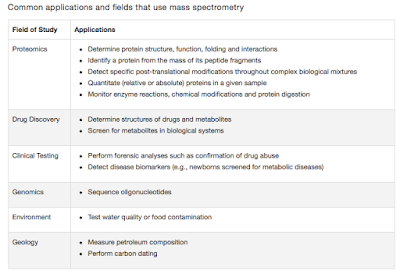Predatory Bacteria- Alternative to Antibiotics??
Greetings,
Antibiotics and Antibiotic resistance never seems to be an out of news topic. I have posted several posts on this theme and probably doesn't need a fresh introduction. Antibiotic resistance is something which we can not eliminate (Link). With much less incentive to work on new antibiotics and reports of antibiotic resistance in more and more strains, alternatives are sought to fight the infectious disease Some of the approaches that have already been worked on (Link).
I was reading a nature news piece (Link), and it stuck me that there are actually a good set of options that can be worked upon. Other than newer antibiotics and some new strategies of antibiotic designs (such as Antimicrobial peptides, Quorum inhibitors etc), Phage therapy (Link), Engineered bacteria (Link) all about which I have written already. However, I never knew that naturally occurring bacteria such as Bdellovibrio bacteriovorus, which can kill other bacteria for survival. That actually makes a good topic to talk about.
 |
| Photo 1: Micavibrio preying on Pseudomonas. Source |
A organism called Micavibrio aeruginosavorus preys on Pseudomonas aeruginosa, Burkholderia cepacia, Klebsiella pneumoniae, and numerous clinical isolates of these species. Unlike antibiotics, these organisms can prey successfully even in the presence of biofilms. Micavibrio is usually found in soil environment and especially in waste water areas where you had expect organisms like Pseudomonas. Micavibrio can breakdown a population of P. aeruginosa biofilms by a tenfold margin. In laboratory tests published by Kadouri etal; it killed 104 isolates out of 120 strains isolated from patients. That is pretty convincing, as to its potential value. As it appears in a page in live science, "It is possible that a living antibiotic such as M. aeruginosavorus because it so specifically targets certain pathogens could potentially reduce our dependence on traditional antibiotics and help mitigate the drug-resistance problem we are now facing". There are a growing list of these organisms. For example Bdellovibrio can attack Escherichia coli and Salmonella. Basically M aeruginosavorus sucks out innards of prey, and Bdellovibrio bacteriovorus, burrows and reproduces within its prey.
 |
| Fig 1: Micavibrio predatory cycle. Source |
Despite the straightforward looking aspects, it is not yet ready for clinical applications for a variety of reasons. The complete host range of predator bacteria is not known and hence its effects on host microbiome is not known. Additionally, in lab conditions the predator evolves at a steady pace allowing it to attack more diverse bacteria. This forms the greatest concern as to what its effect would be. The second concern is how we would respond to these organisms, especially in terms of immunity and toxicity of predatory bacteria to host if any.
The follow up experiments by Kadouri etal, probably answers the second question to an extent. They tested ability of Micavibrio and Bdellovibrio to attack clinical Pseudomonas aeruginosa and Serratia marcescens isolates from ocular infections. Also the study assessed effects of predators on human corneal-limbal epithelial and found no significant impact. The authors do caution that these maybe applicable to only surface level infections such as in the case of wounds and burn infections.
However, let me put a warning sign. The reason why we seek alternates to antibiotics is the resistance factor. In all the published studies there were at least a few clinical strains that were resistant to attack. That gives a clue that resistance is possible and already exists. So, when a lot of people are arguing that acquiring resistance is difficult in this case, I'm really skeptic about such conclusions. But this is an exciting addition to combat infectious organisms especially MDRs. And with US$16 million in research grants approved to study in this field a lot of papers data is going to be generated.
Kadouri D, Venzon NC, & O'Toole GA (2007). Vulnerability of pathogenic biofilms to Micavibrio aeruginosavorus. Applied and environmental microbiology, 73 (2), 605-14 PMID: 17098913
Wang Z, Kadouri DE, & Wu M (2011). Genomic insights into an obligate epibiotic bacterial predator: Micavibrio aeruginosavorus ARL-13. BMC genomics, 12 PMID: 21936919
Shanks RM, Davra VR, Romanowski EG, Brothers KM, Stella NA, Godboley D, & Kadouri DE (2013). An Eye to a Kill: Using Predatory Bacteria to Control Gram-Negative Pathogens Associated with Ocular Infections. PloS one, 8 (6) PMID: 23824756





Comments
Post a Comment